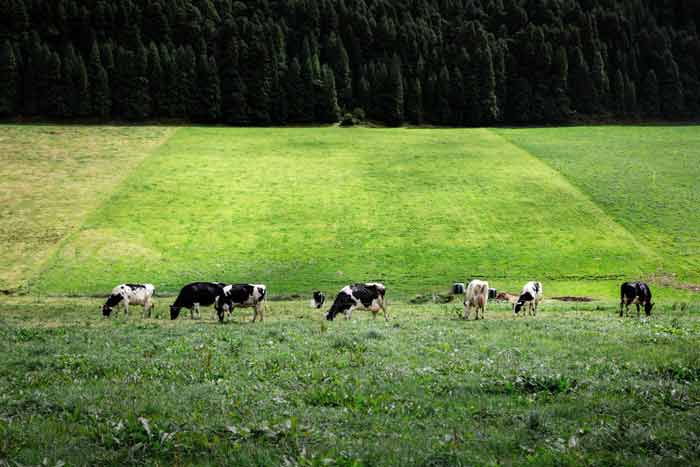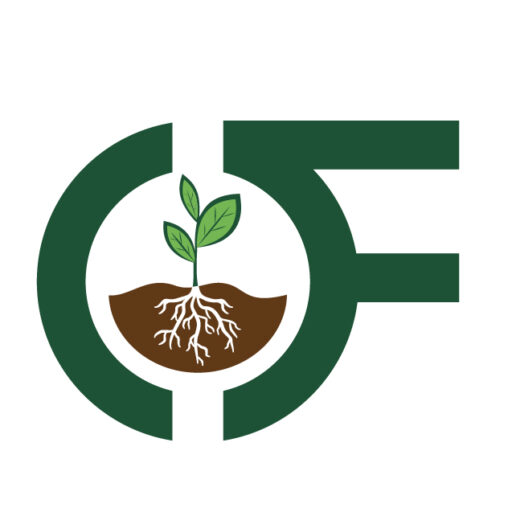The Benefits of Rotational Grazing and Hay Use in Livestock Management
At Ohana Farms, we understand the importance of sustainable farming practices and high-quality feed in livestock management. One such practice that has proven to be beneficial for both the environment and livestock health is rotational grazing, complemented by strategic hay use. We dive into the benefits of rotational grazing and how incorporating hay into your livestock management routine can lead to optimal results.

(Cows grazing on field)
Understanding Rotational Grazing
Rotational grazing is a livestock management strategy that involves dividing pasture land into smaller paddocks and rotating animals between them. This method allows for periods of grazing followed by periods of rest and recovery for the pasture. This approach mimics natural grazing patterns and has numerous benefits for both the pasture and the animals.
Understanding Rotational Grazing
Improved Pasture Health: Rotational grazing promotes healthier pastures by preventing overgrazing. When livestock graze continuously in the same area, they tend to overeat the most palatable plants, leading to soil erosion and weed invasion. By rotating animals, you allow the plants time to recover and regrow, resulting in a more resilient pasture.
Enhanced Soil Fertility: As animals graze and move across different paddocks, their manure is naturally distributed, enhancing soil fertility. This natural fertilization process enriches the soil with essential nutrients, promoting robust plant growth and increasing the overall productivity of the pasture.
Reduced Parasite Load: Rotational grazing helps break the lifecycle of parasites. By moving livestock to different paddocks, you reduce the chances of animals being repeatedly exposed to parasite larvae present in the soil and grass. This can lead to healthier livestock and a reduced need for chemical dewormers.
Optimal Forage Utilization: Rotational grazing ensures that forage is used more efficiently. Animals have access to fresh, nutritious grass in each new paddock, which can lead to better weight gain and overall health. It also allows farmers to manage forage availability more effectively throughout the grazing season.
Integrating Hay into Rotational Grazing
While rotational grazing offers numerous benefits, there are times when supplementary feeding with hay is necessary. This is particularly important during periods of low forage availability, such as during droughts or winter months. Here’s how hay can be integrated into rotational grazing to optimize livestock management.
Supplementing During Low Forage Periods
During certain times of the year, pasture growth may not meet the nutritional needs of your livestock. In such cases, providing high-quality hay ensures that animals continue to receive the necessary nutrients for growth and health. At Ohana Farms, we offer a range of hay products that can be tailored to the specific needs of your livestock.
Quality Feed: Our hay is carefully harvested and stored to maintain its nutritional value. Providing quality feed during low forage periods helps maintain animal health and productivity. By incorporating hay into your feeding regimen, you can ensure that your livestock have a balanced diet year-round.
Best Quality Horse Feed: For horse owners, finding the best quality horse feed is crucial. Horses have unique nutritional requirements, and our hay products are designed to meet those needs. Whether you choose alfalfa, timothy, or orchard grass hay, you can trust that our products will support your horses’ health and performance.
Feed Quality Control: At Ohana Farms, we implement rigorous feed quality control measures to ensure that our hay is free from mold, dust, and other contaminants. This commitment to quality ensures that your livestock receive the best possible feed, contributing to their overall well-being.
Balancing Diets with Hay and Pasture
Combining hay and pasture in your livestock’s diet provides a balanced nutritional profile. While fresh grass is an excellent source of nutrients, hay offers additional benefits that can enhance your animals’ diet.
Variety of Nutrients: Different types of hay, such as alfalfa and timothy, offer varying nutritional profiles. Alfalfa hay is rich in protein and calcium, making it ideal for lactating animals and growing livestock. Timothy hay, on the other hand, is high in fiber and lower in protein, making it suitable for maintaining healthy digestive systems. By incorporating a variety of hays into your feeding program, you can provide a well-rounded diet for your animals.
Maintaining Digestive Health: Hay plays a crucial role in maintaining the digestive health of ruminants like cows and goats. The fiber in hay helps promote proper digestion and prevents issues such as bloat and acidosis. By ensuring that your livestock have access to quality hay, you support their overall digestive health.
The Role of Local Hay Suppliers in Pasco & Tri-Cities Community
Local hay suppliers, like Ohana Farms, play a vital role in supporting sustainable livestock management practices. By sourcing hay locally, farmers can enjoy numerous benefits that contribute to the overall success of their operations.
Supporting the Local Economy
Purchasing hay from local suppliers helps support the local economy. It ensures that the money spent on feed stays within the community, supporting local farmers and businesses. This economic support helps sustain agricultural operations and promotes the growth of the local farming community.
Reducing Environmental Impact
Sourcing hay locally reduces the environmental impact associated with transportation. Transporting hay over long distances contributes to greenhouse gas emissions and increases the carbon footprint of your farming operation. By choosing local hay suppliers, you minimize transportation-related emissions and contribute to a more sustainable farming practice.
Ensuring Quality and Freshness
Local hay suppliers can provide fresher, higher-quality hay due to shorter transportation times. This means that the hay retains more of its nutritional value, ensuring that your livestock receive the best possible feed. Additionally, local suppliers are more attuned to the specific needs and conditions of the region, allowing for better customization and service.
Practical Tips for Implementing Rotational Grazing and Hay Use
Here are some practical tips to help you implement rotational grazing and integrate hay into your livestock management routine effectively:
Plan Your Paddocks
Divide your pasture into smaller paddocks and develop a rotation schedule. The number of paddocks and the rotation frequency will depend on factors such as pasture size, livestock numbers, and forage growth rates.
Monitor Pasture Health
Regularly monitor the health of your pastures to ensure that they are recovering adequately between grazing periods. Look for signs of overgrazing, such as bare patches and weed invasion, and adjust your rotation schedule accordingly.
Use Portable Fencing
Portable fencing can be a valuable tool in rotational grazing. It allows you to easily adjust paddock sizes and move livestock between grazing areas. This flexibility helps you manage forage availability and optimize pasture utilization.
Provide Adequate Water
Ensure that your livestock have access to clean, fresh water in each paddock. Water availability is crucial for maintaining animal health and promoting efficient forage utilization.
Incorporate Hay Strategically
During periods of low forage availability, supplement your livestock’s diet with high-quality hay. Consider the nutritional needs of your animals and choose the appropriate type of hay to meet those needs. At Ohana Farms, we offer a range of hay products that can be tailored to the specific requirements of your livestock.
Conclusion
Rotational grazing and strategic hay use are powerful tools for sustainable livestock management. By implementing these practices, you can improve pasture health, enhance soil fertility, reduce parasite loads, and provide your livestock with a balanced and nutritious diet. Local hay suppliers like Ohana Farms play a crucial role in supporting these practices by providing high-quality hay products that meet the specific needs of your animals. Embrace rotational grazing and make hay an integral part of your livestock management strategy to ensure the health and productivity of your herd year-round.
Explore our range of hay products and learn more about sustainable livestock management practices by visiting our website or contacting our knowledgeable team. At Ohana Farms, we are committed to supporting the agricultural community in Pasco & Tri-Cities and providing the best quality feed for your livestock.

